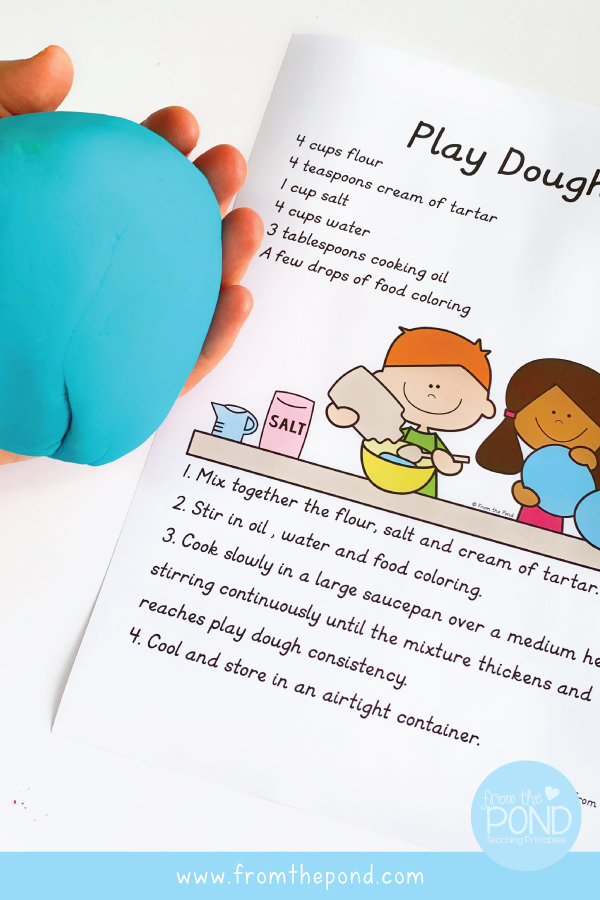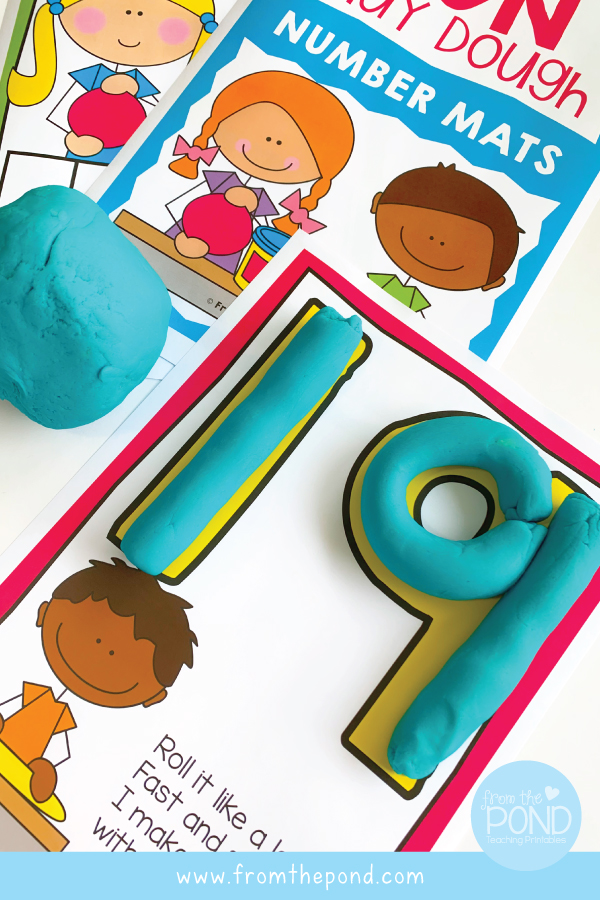Would you like to make beautiful, super smooth play dough? I polled our Instagram audience and 100% of friends agree with me - our learners love using playdough!
I've always found that cooking play dough is the best way to achieve a super smooth consistency. It takes practice and a good mixing arm - you need to stir continuously, especially in the last phase as you see it merge from a mixture into dough.
I started using this recipe when I was 15 years old. I was a Junior Leader for Gumnut Guides (very young members of what is similar to Girl Scouts) and quickly became responsible for the weekly program. Apparently I had a knack for sequencing creative and themed activities for 5 year olds - who would have thought?! The adult leader made this recipe every week and arrived with a big warm bowl of freshly made dough. The Gumnuts squealed with delight every week - we used it to engage the girls as they arrived. They would gather around a table and have fun playing while we dealt with administrative issues and welcoming families.
Then of course as a teacher and a parent I have always appreciated the value of a play dough routine. My kids had a little stash under the kitchen sink and I taught them quickly how to become independent with setting up and playing with dough. You will find very few better activities for fine motor! I now use a Thermomix recipe to save time, but in case you don't have a Thermomix I will share the stove top version with you today.
Quick hint: when finished, soak your saucepan in cold water not warm to more easily clean the dough reside off. If using the Themo, whiz some water and detergent around the bowl before you take it apart to clean.
Play Dough Recipe
Here is the USA recipe we suggest for cooked playdough - Australians change 3 tablespoons of cooking oil to 2 tablespoons. We also have it in a printable pdf version for you to download from Google Drive:
Play Dough Activities
We make a huge growing range of play dough mats to help focus your students and to allow you to merge curriculum with play.
See the full range easily, over on our website and you can click through to TpT to purchase them. A really practical set to start your collection is our set of Number Mats.
The number mat set features:
- counting on a ten frame
- subitizing on a ten frame
- language and rhyme (students say the little poem as they make)
- numeral identification
- numeral formation
- use with dry erase markers as an alternative to play dough
Perfect for kindergarten they feature numbers to 20 with an engaging, clear and skill-focused layout.
Set Up a Play Dough Routine
Set up a routine for play dough so you can whip up a solid learning experience with ease and student independence.
- have play dough kept in a air tight but easily opened container that is labeled and easy to reach
- provide placemats or laminated paper as work mats
- provide a few tools for advanced students but remember we want to encourage work and skills with fingers and hands
- show students how to share the dough available, fairly
- set up expectations - no mixing colors (if it bothers you) etc
- show students the basic skills of rolling, flattening, squeezing and pinching
- model for the students the exact way you want them to pack up so they can become independent with this
- show them how to 'mop up' tiny stray pieces - I call it the hoover - hold a small ball in your hand and dot it up and down all over the play space, the small stray pieces will stick to the ball and they are easily gathered up, and kids love to do the 'hoovering'
- as you teach each new set of play dough mats, leave a few of each out with the equipment for students to use independently
- if using the curriculum focused mats, implement the expectation that they complete a set number of cards, e.g. 5-10, before having a reward of a few minutes of free play and exploration
Talking and Creativity
All this fun play can become a springboard for essential language development in the early years. Please make time for it if you can. Choose a few students to come to the front of the class and talk about their creations. Prompt the more reluctant ones with some questions and help them build their confidence. This verbal sharing of playful experiences helps language development, listening, creativity and curiosity. Not to mention building a culture of shared learning and community. As a teacher in these moments to can model respect, curiosity and communication.
We hope you have fun making play dough for your little learners and incorporate a play dough routine into your learning program.





